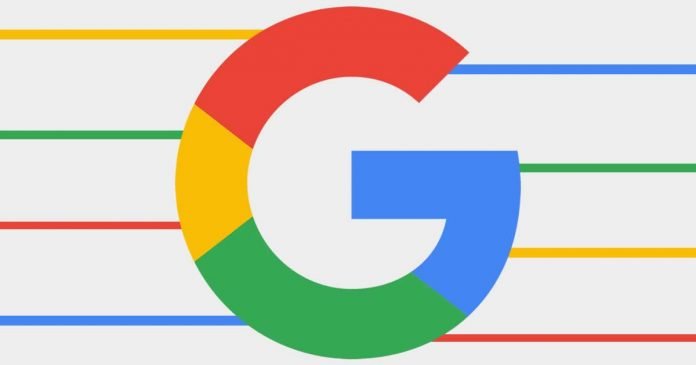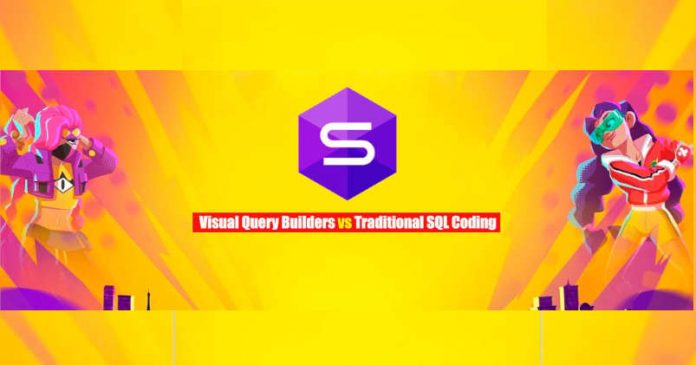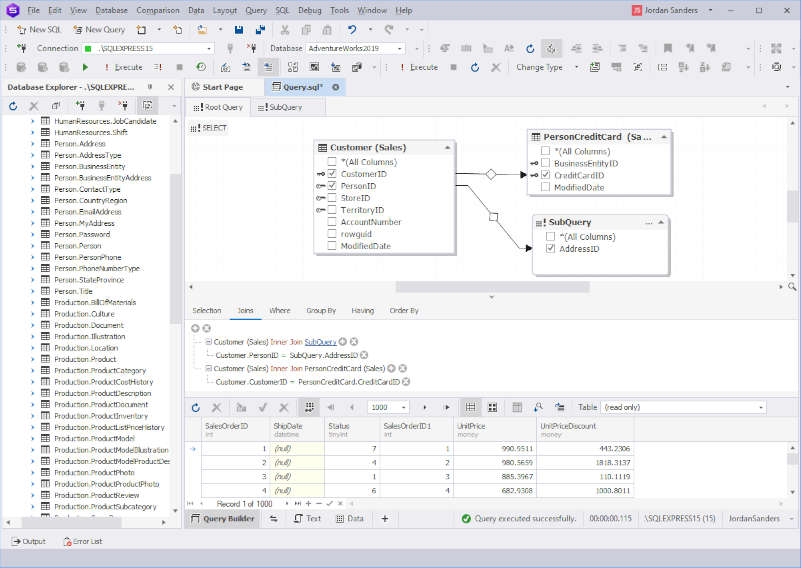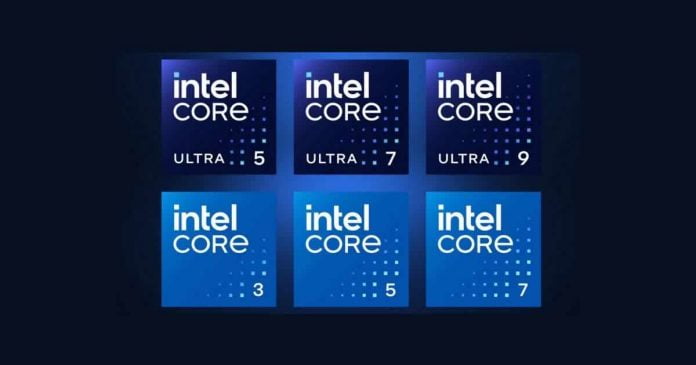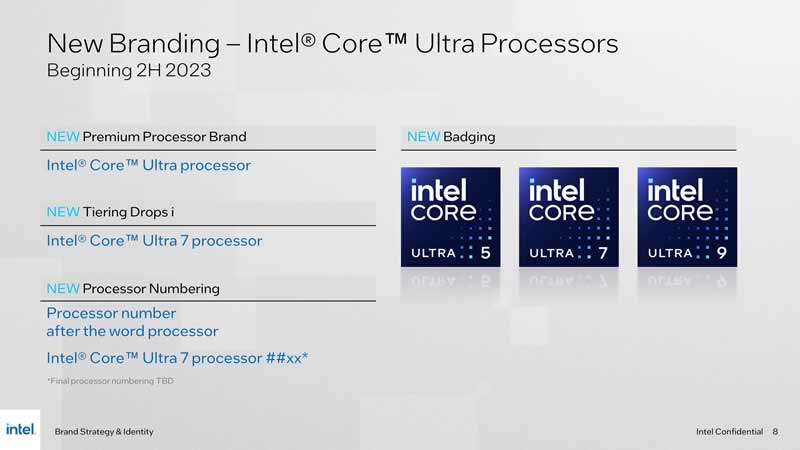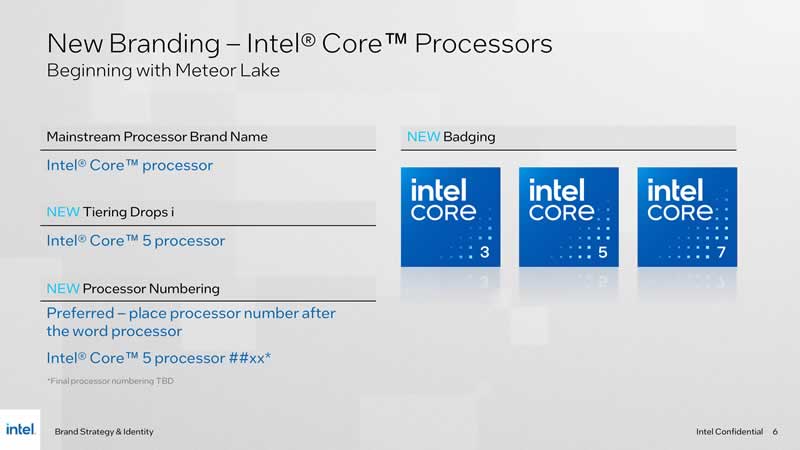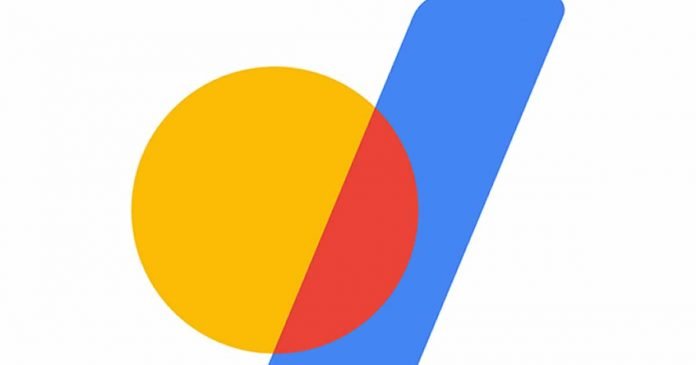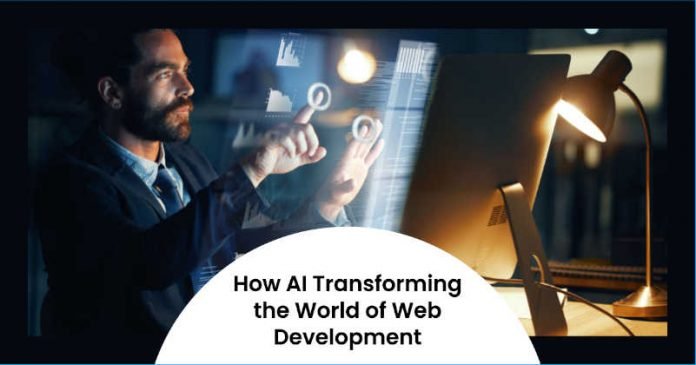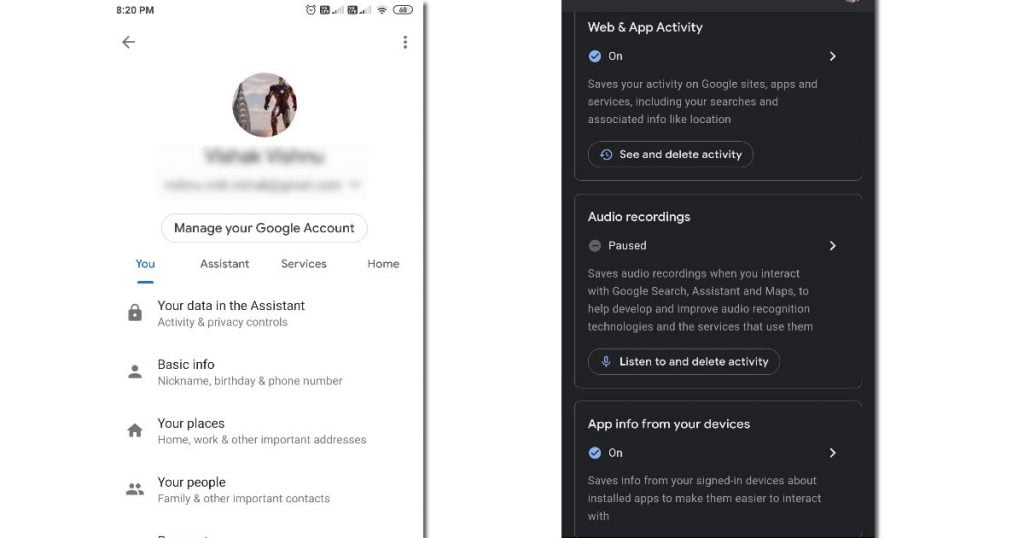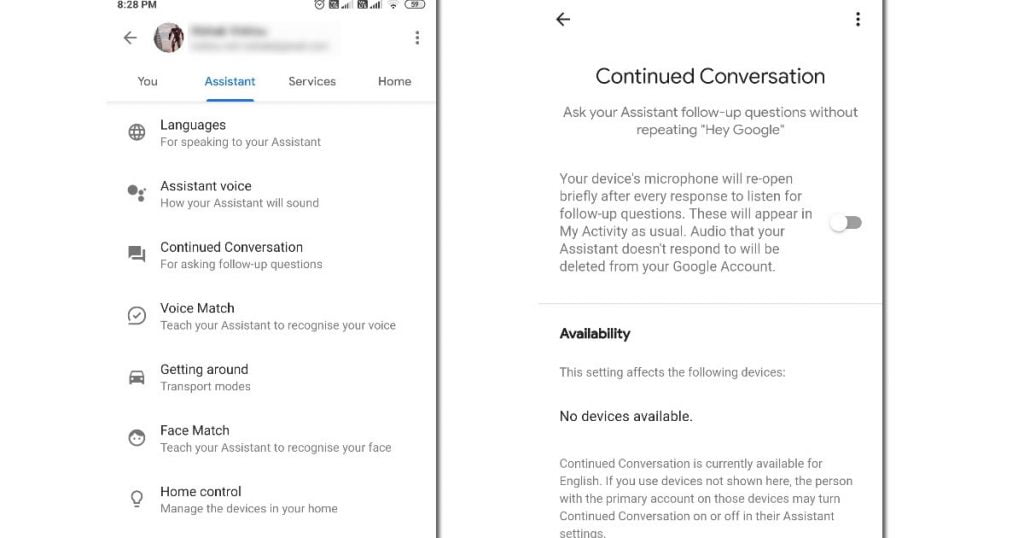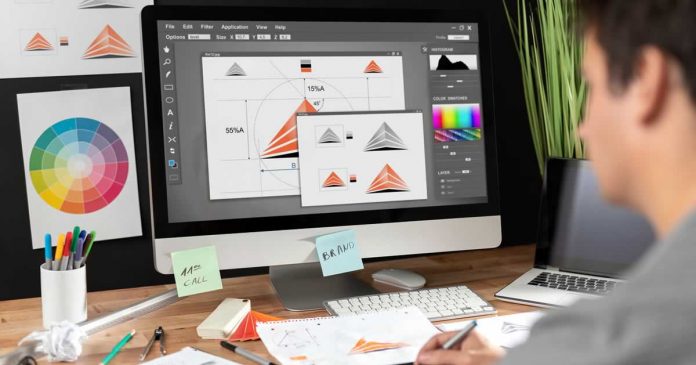In the present fast-paced, technology-driven world, having efficient and reliable IT infrastructure is important for tech businesses’ success. Anyhow, handling and maintaining complex IT systems can be a challenging task for most companies. These are the major reasons we need IT consultants.
There are several options, like the local IT pros at Nicolet Tech. Most of them offer the best expertise and assistance to improve your tech business.
It is necessary to contact the right IT consultants to improve your tech business. If you are not sure yet, keep reading our article.
Contents
What Does an IT Consultant Actually Do for You?
Thinking of hiring an IT consultant for your business? That may be a good idea. Before considering it, you should know how an IT consultant will assist your business.
Proper Planning and Long-Term Vision
IT consultants clearly understand the advanced trends and evolving technologies of tech companies. You can create a strategic plan to align your technological goals with your business objectives. IT consultants help you create a long-term plan to achieve your desired results. This will make sure that your technology investments are well-directed and allow your business to succeed.
Enhance Productivity and Efficiency
IT consultants have years of experience optimizing IT workflows and tasks. They will easily find the inefficiencies and bottlenecks in your present systems. IT consultants enhance productivity by integrating new software solutions, streamlining communication channels, and applying automation tools. They can improve the productivity and efficiency of your business operations by simply developing your technology infrastructure.
Flexibility and Scalability
When your business develops, your IT needs may differ. IT consultants can assist you in designing and applying scalable solutions that can adapt to your evolving requirements. They can evaluate your present infrastructure and recommend expansions or upgrades to make sure your systems can manage increased workloads and adopt future development.
In order to plan for scalability, IT consultants can help your business remain responsive and agile in a highly evolving marketplace.
Training and Expertise
Most in-house IT teams face various challenges while following business practices. IT consultants have plenty of knowledge and experience from working with several clients in different sectors.
Moreover, they can train your staff on new technologies, offer assistance on IT procedures and policies, and provide advice and support. Their skills help your team stay updated and learn the necessary skills. Your team will be able to adopt new technologies and improve efficiency.
Minimization of Expenses
Most businesses prioritize getting good-quality IT infrastructure without breaking their bank. IT consultants will perform a deep analysis of your technology expenditures and find areas where you can cut costs. It may include renegotiating vendor contracts, migrating to more affordable cloud solutions, and consolidating software licenses. IT consultants help you make the right decision in terms of IT investment.
Frees Up your Schedule
Hiring an IT consultant frees up a lot of time in your schedule. IT consultants take up a huge portion of your tasks and activities. This means that you don’t have to deal with the pressure of allocating resources or dealing with deadlines.
Final Thoughts
By partnering with IT consultants, your organization will remain thriving and competitive. We believe that you realized that an IT consultant is essential for your tech business. If so, you need to find a genuine one, with the experience and expertise to simplify your business.
Frequently Asked Questions
Who exactly is an IT consultant?
An IT consultant is a technology specialist who offers consulting services and helps clients with technical and technological initiatives to succeed in business. They function closely with the organizations that employ technology systems for the operations of businesses. They work as independent contractors or regular employees.
What are the responsibilities of an IT consultant?
The responsibilities of an IT consultant are listed below.
- Offer expert assistance and recommendations on IT problems and business.
- Understanding business objectives and customer needs.
- Handling IT development tasks with in-house technical staff.
- Training users in new and existing IT systems.
- Designing IT networks and systems.
- Troubleshooting network, software, and hardware issues.
- Providing suggestions.
- Generating reports.
Note: The ways IT consultants can develop your tech business may differ based on your requirements and circumstances.



